The History of Ibiza
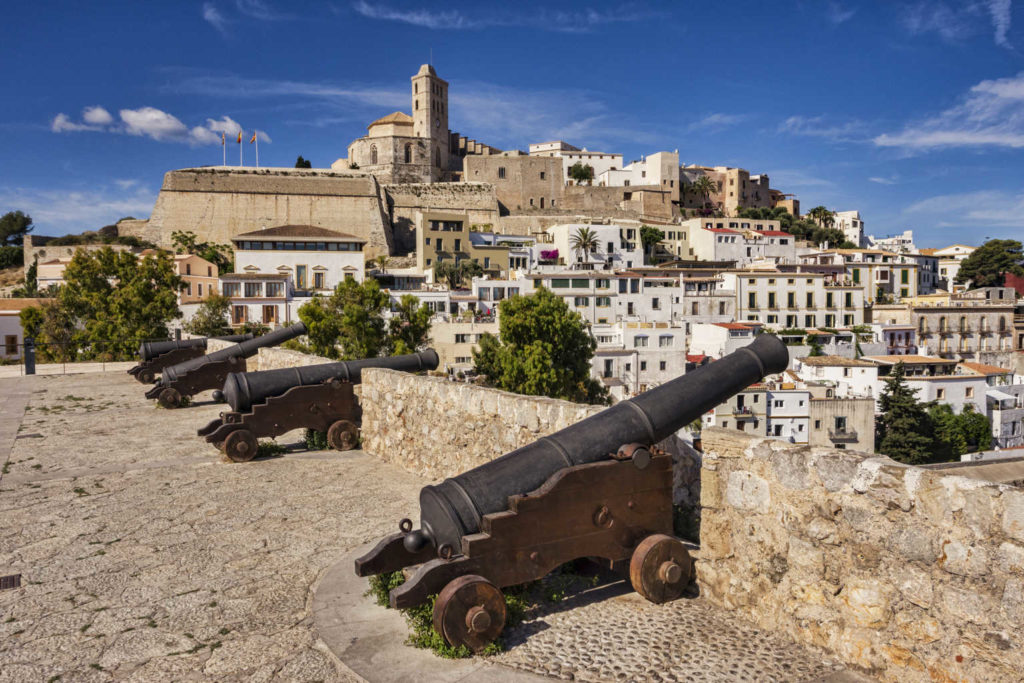 Ibiza, known also with the nickname of white island since Santiago Rusinol named it, is a land facing the sea in all directions.
Ibiza, known also with the nickname of white island since Santiago Rusinol named it, is a land facing the sea in all directions.
It is the closest island of the Balearic archipelago to the peninsula, only 50 miles from Denia.
Together with the existence of protective hills, Ibiza is less vulnerable to the winds compared to the other islands.
Its small size, 41km long and 20km wide, converts the island into an easy place to travel but not to discover.
Discovering Ibiza means wanting to know the island, studying her millennium past, observing the evolution of its people.
Ibiza island is a paradise of crystalline water with many coves with a variety of different sands. You can enjoy both sea and land with habits that are present since nowadays.
The fishmen houses that are still present in some coves of the island, such as Es Pou des Lleo, cala de Sant Vicent, cala Comte, Port de Sant Miguel or Cala Mastella, give a demonstration of the marine character of its inhabitants.
Would you like to visit Ibiza and stay in a luxury villa close to the sea? Ibiza Villa can offer you lovely villas, just a few minutes from the most famous beaches of the island.
The many almond, carob and olive trees among the fruit trees and the several crops scattered in the rural area of the inland of the island reveal the secular agriculture tradition of the inhabitants of the island, that until not many years ago depended on agriculture.
In a quite far past, Ibiza used to export almonds, figs, charcoal, and potatoes to the peninsula and to the European countries. Apart from this, in the past the most essential product was the salt.
For this reason Ibiza was named the salt island, because it was considered one of the most important salt centers of the Mediterranean.
The economy of Ibiza in XXI century is oriented essentially towards the development of the touristic sector, an industry that started at the beginning of the 30’s, time in which the first hotels were built.
The years of the Spanish civil war interrupted this process and only at the end of the 50’s the touristic economy restarted growing until becoming directly or indirectly the modus vivendi of the inhabitants of the island.
At present the island has a population of 140.000 residents and each year is visited by more than three million tourists from all over the world.
After the Catalan conquest of 1235, the island was divided into five areas and only in 1833 the actual municipalities were created:
Ibiza, Sant Antoni de Portmany, Santa Eulalia des Riu, Sant Josep de Sa Talaia and Sant Joan de Labritja.
Among these five only Ibiza, Sant Antoni and Santa Eulalia have centers with enough inhabitants to be considered small cities.




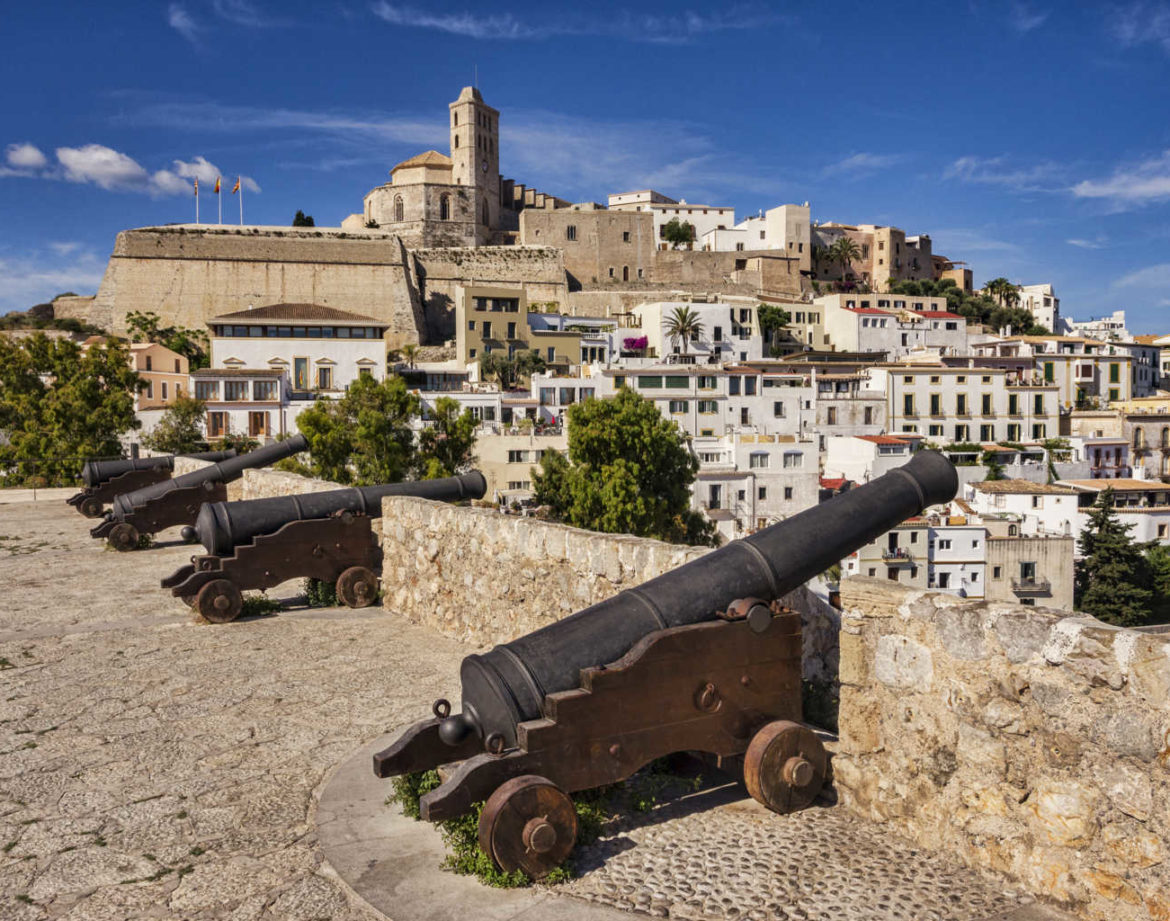
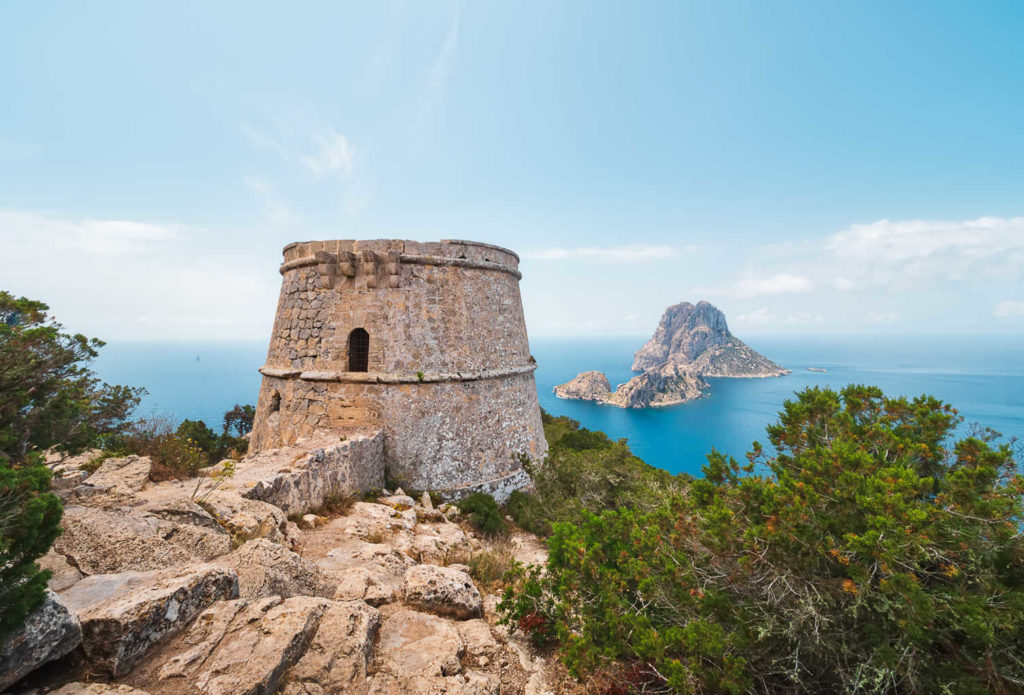
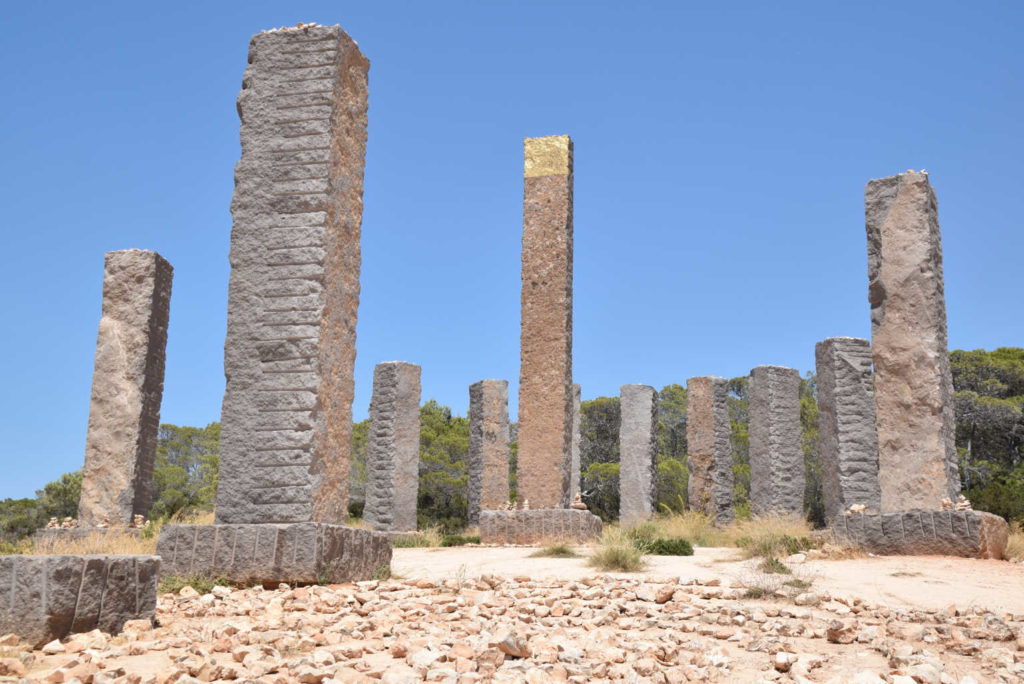
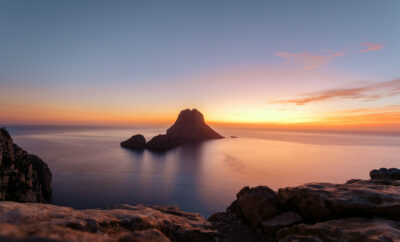

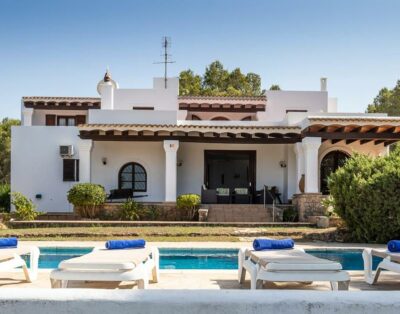
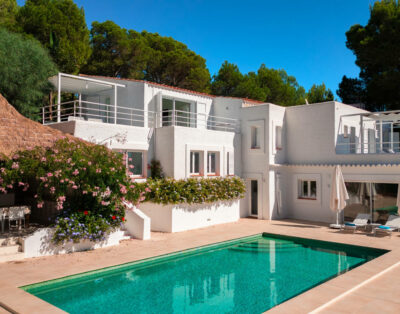
Reviews